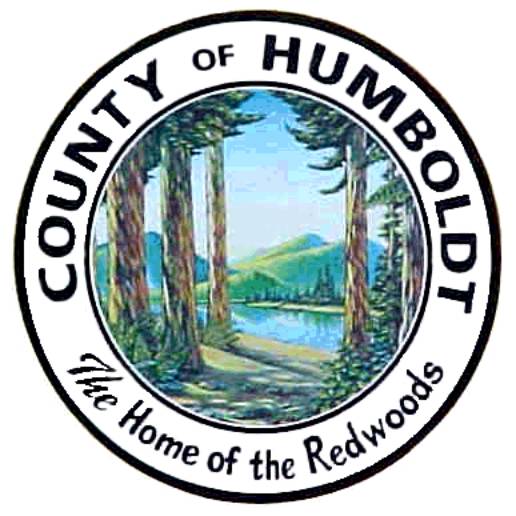Phil Smith-Hanes, County Administrative Officer for Humboldt County, CA, is back with another great column on local government. This time he admits his deep love of maps and starts a dialogue on the issues rural municipalities face.

How the Other Quarter Live
By: Phil Smith-Hanes, LinkedIn and Twitter
I love maps. Always have. I used to collect old maps. I can’t wait to get a new road atlas each year. I follow @Amazing_Maps on Twitter. I had a great time entering sewer pipe data into a GIS at a former job.
When I was in college, I took a graduate-level geography class. One of the projects I worked on was trying to define “rural.” That is not easy, as it turns out. The 2010 census said 19.3 percent of Americans live outside urbanized areas (population 50,000+) or urban clusters (population 2500-49,999). On the other hand, more than a third of the population lives outside incorporated areas. Back to maps:

Even among local jurisdictions recognized for form of government by ICMA, the median population is only 13,015. My point here is that most local governance does not occur in large urban environments. Even in very populous states, there are vast tracts of very rural areas. In California, for example, 34 of the 58 county governments, 50 percent of the total land area, and as many people as live in the four smallest U.S. states combined are in rural counties (source).
However you define them, rural areas aren’t just tracts of ag lands and national forests between major metro areas – they include lots of your colleagues in local government. I am one of those colleagues. Although Humboldt County has 135,000 people, they are spread over an area the size of the states of Delaware and Rhode Island combined. From our county seat and population center in Eureka, it is four hours by car to the nearest city of 100,000 people.

We also have communities with different interests and needs. Regulation of bear hunting is guaranteed to draw a bigger crowd than regulation of ride-sharing services. Transit-oriented development? We just need transit. Expanding health care to underserved populations? Let’s start with keeping doctors in town?
